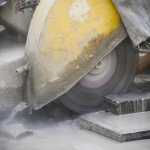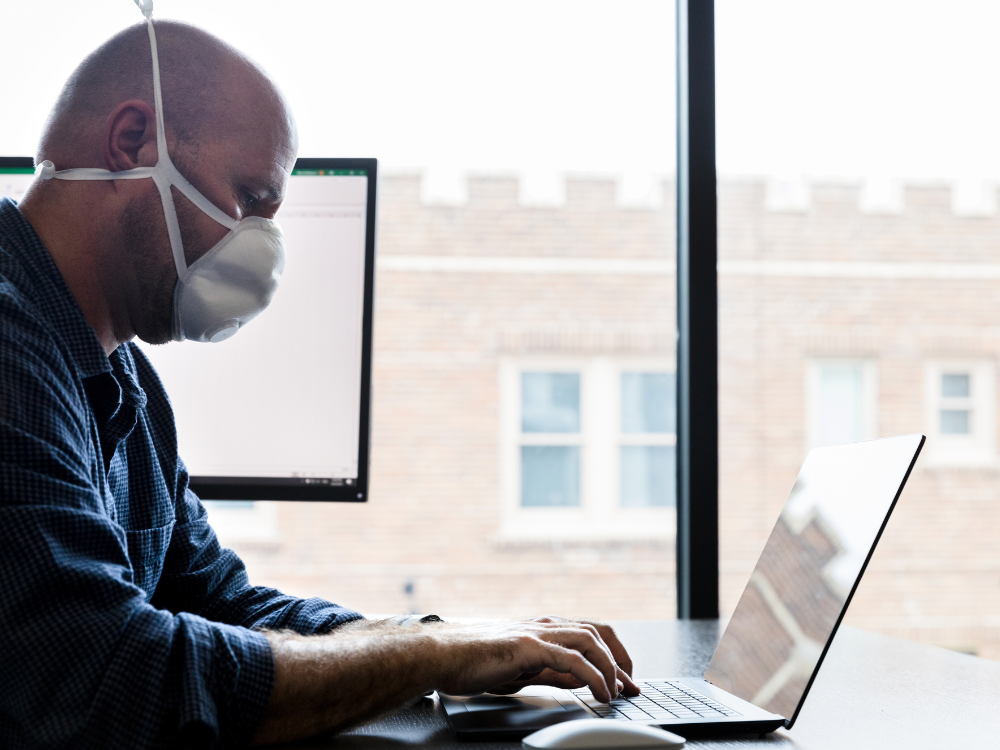Experts have, for many years, been pushing for improved indoor air quality in Australian homes. While the pandemic was a significant motivating factor for many homes and businesses to improve their attention to IAQ, the long-term forecast for another dry summer and dangerous fire season is renewing the focus on indoor air quality.
Many residents of the east coast of Australia will remember the summer before the pandemic as one that saw swathes of the area covered in thick smoke and the first taste of wearing face masks. Hospital admissions for air-quality-related issues, including asthma and cardiovascular issues, increased, and there were 417 deaths from the smoke reported.
The period exposed Australia’s vulnerabilities to significant air pollutants, while the pandemic showed that the country was not well-prepared to control the transmission of airborne pathogens indoors.
Last month, a group of experts, including those from fields including medicine, architecture, occupational health and safety and engineering, met with political leaders at Parliament House at the inaugural Clean Air Forum to discuss what Victorian chief health officer Brett Sutton described as a “clean-air revolution”.
Australia’s Chief Medical Officer, Paul Kelly, explained to the assembeld that “The question is no longer if clean air is important, but how clean is good enough? And how do we measure that? And [in] what way and [at] what cost is society prepared to achieve it?”
While many critics claim that establishing air quality infrastructure is expensive, Jason Monty, professor of mechanical engineering at the University of Melbourne, explained that it is a “huge myth that ventilation is a negative cost to the market … Considering the many benefits, such as reducing energy use and strengthening health, the payback period is now pretty short.”
Systemic changes have been nominal as they pertain to clean indoor air policies, with the burden largely falling to residents to protect themselves.
According to Guy Marks, Scientia professor at UNSW Sydney, personal action is the least useful strategy for managing indoor air quality. “The most efficient are those that prevent emissions at the source. The next best is to clean the air … The last and final resort is to wear an N95 mask,” Marks says.
The responsibility must shift from the individual to the collective, says Nancy Baxter, head of the Melbourne School of Population and Global Health. “Clean air is a public good,” she told the forum, “so the government must be involved in this journey.”




